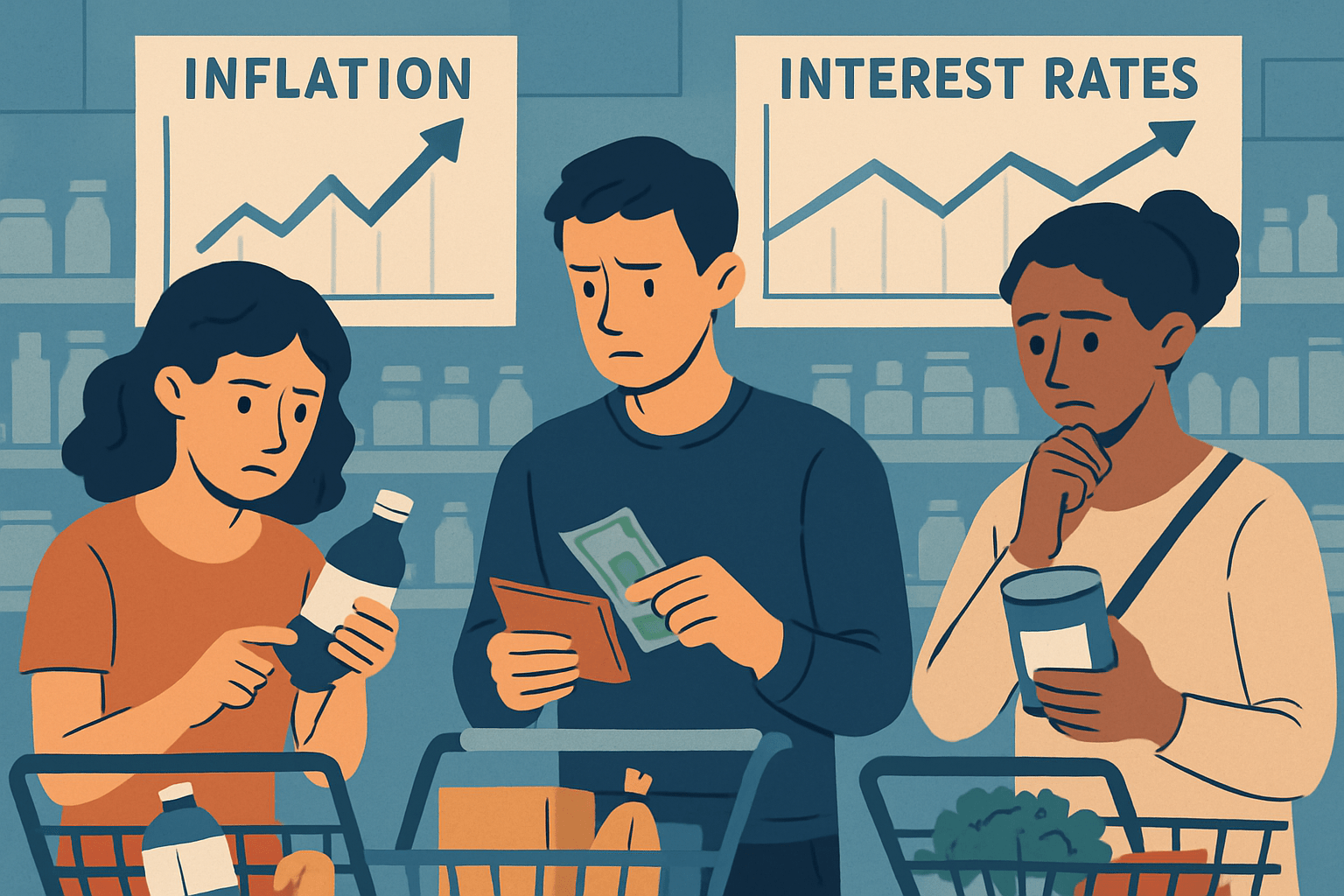
NEW YORK, USA – Consumers across the globe are significantly altering their spending habits in response to the dual pressures of rising interest rates and persistent inflation, leading to notable shifts in retail sales patterns and demand for various goods and services.
As central banks continue their efforts to cool down overheated economies, households are facing higher borrowing costs for mortgages, loans, and credit cards, while the purchasing power of their incomes is eroded by the increasing prices of everyday essentials like food, energy, and housing. This economic squeeze is forcing many to make tougher choices about discretionary spending. Non-essential categories, such as high-end electronics, luxury goods, and expensive travel, are seeing a noticeable slowdown in demand.
Conversely, discount retailers and private-label brands are experiencing a surge in popularity as consumers actively seek out value and ways to stretch their budgets. Grocery shopping behaviors are also changing, with more people opting for budget-friendly meal planning, reducing food waste, and switching to cheaper protein sources. “We are observing a clear trend towards more cautious and value-driven consumption,” commented a retail industry analyst. “Consumers are becoming more selective, prioritizing needs over wants, and actively hunting for promotions and discounts. This is a challenging environment for retailers who must adapt their pricing strategies and product assortments accordingly.”
The impact is also visible in the services sector. While demand for experiences like dining out and entertainment initially rebounded strongly post-pandemic, growth in these areas is now moderating as households reassess their budgets. Subscription services are also coming under scrutiny, with many consumers consolidating or canceling non-essential subscriptions to save money. The housing market, highly sensitive to interest rate changes, has seen a significant cooling off, with a decline in sales activity and, in some regions, a moderation or even a slight decrease in prices. This has a knock-on effect on related industries, such as home furnishings and renovations.
Economists are closely monitoring these shifts in consumer behavior as they provide crucial insights into the overall health of the economy and the effectiveness of monetary policy. The extent to which consumer spending holds up will be a key determinant of whether economies can achieve a soft landing or face a more pronounced downturn. Businesses, in turn, are under pressure to innovate and find ways to offer value to increasingly cost-conscious consumers, while also managing their own rising input costs and supply chain challenges.
The long-term implications could include a more permanent shift towards mindful consumption and a greater emphasis on durability and value in purchasing decisions, reshaping the retail landscape for years to come as households adapt to a new economic reality of higher costs and tighter credit conditions.
Updated: May 16 – 2025